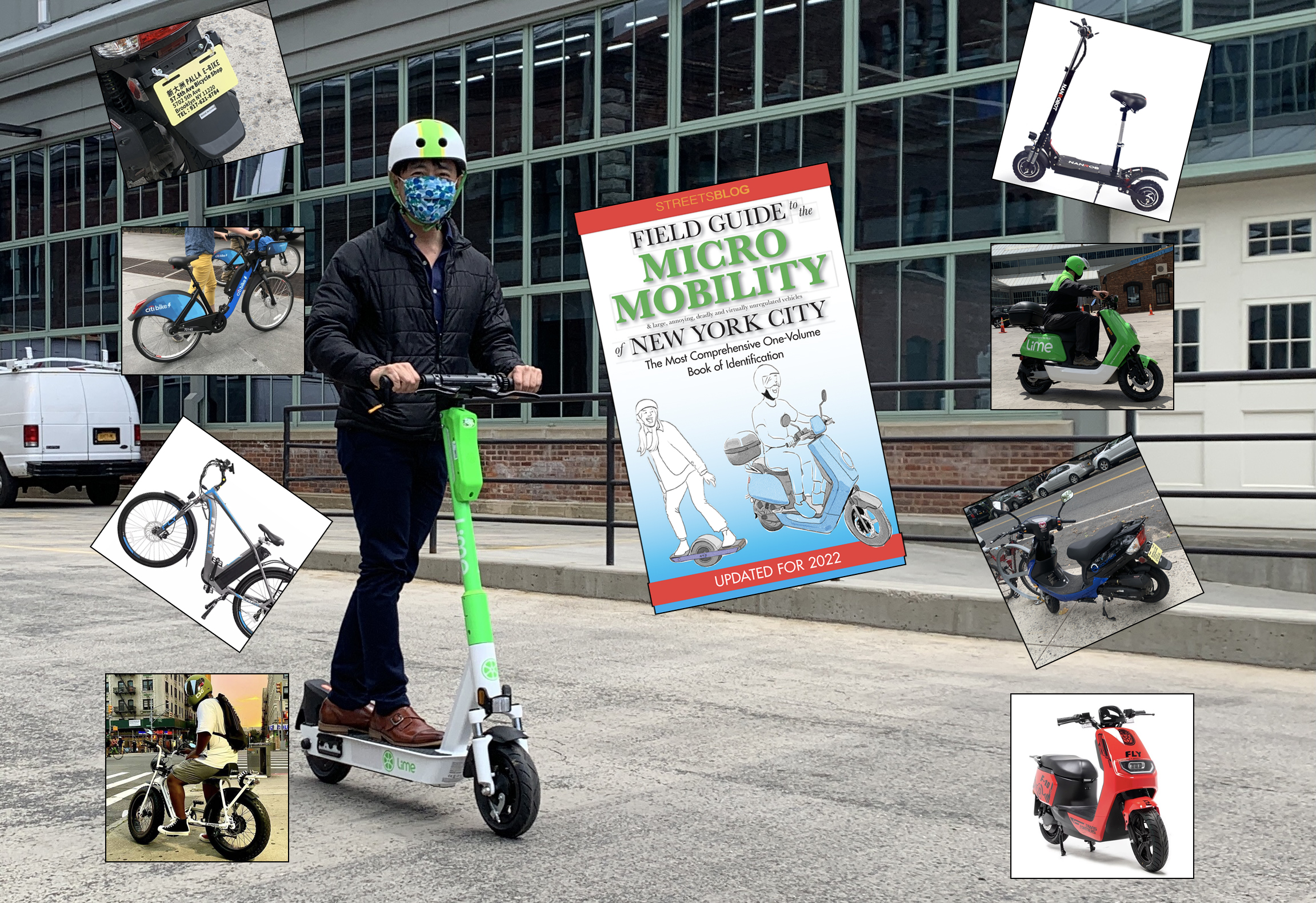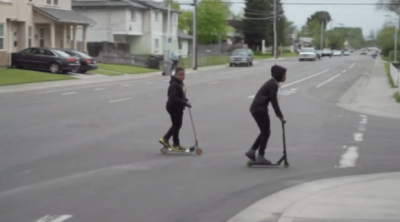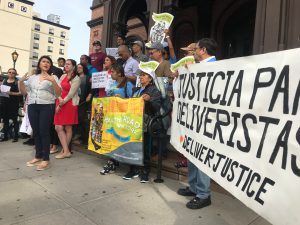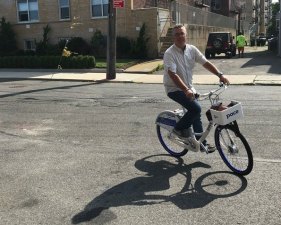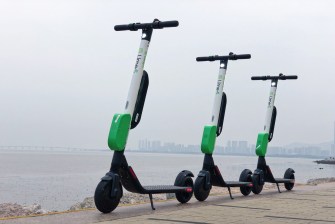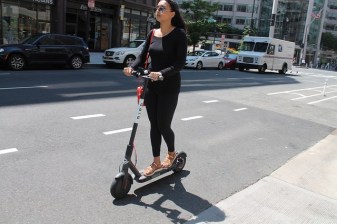
Pedal-assist electric bikes. Electric scooters. Mopeds. One-wheels. Skateboards. Class 1. Class A. Illegal in bike lanes. Legal, but with a driver’s license.
These days, micro mobility devices are evolving and radiating like animal species during the Cambrian period — and it’s confusing everyone, even the people who are supposed to know this stuff better than all of us.
“From the policing side, it’s very complicated,” NYPD Commissioner Dermot Shea told Streetsblog on Oct. 6, as part of its preparation of this field guide. “Between electric and gas and different sizes and throttles. There’s probably an opportunity to look at the entire landscape.”
Shea’s confusion only confirms the pressing need for this field guide. For one thing, the law does not differentiate between gas or electric mopeds. For another, his officers typically refer to any device without pedals as a “scooter” or “e-scooter,” even though the law defines any motorized sit-down vehicle without pedals as mopeds or even motorcycles (the term “scooter” is now limited to stand-up devices like the kind you’ll see on page 15) of the field guide, which is downloadable at the bottom of this story or by clicking here for the PDF.
Certainly, New Yorkers are confused about all the new motorized devices that are filling our roadways (and, infuriatingly, our bike lanes), which have become a Wild West of chaotic interactions.
But that’s not because of the modes — it’s because of the roads.

All the two-wheeled motorized devices on the market today are potentially far safer to vulnerable road users than the four-wheeled, 3,000- to 5,000-pound conveyances they seek to supplant. But it doesn’t feel that way right now because users of illegal mopeds are often speeding through bike lanes, surprising pedestrians with their speed. Of course moped riders are choosing the bike lane — it’s the only place where they feel safe from the true behemoth on the roads: cars and trucks.
So the roads — not the modes — are the problem.
And a big issue right now is misinformation. Take Jamal, a delivery worker whom we encountered as we put the finishing touches on this seminal guide. Jamal was excited to show off his new Next moped because it would allow him to cover more ground and make more money because he could handle more deliveries.
One problem: Jamal’s moped isn’t legal. Under state law, Jamal needs to register the vehicle with the Department of Motor Vehicles, which would issue license plates that he needs to install on the device itself — like a car or motorcycle.
“No one at the shop told me anything,” he said. “I even asked, ‘Do I need a license plate for this?’ and they said, ‘No, man, it’s all legal.’” (All legal? With a speedometer that goes up to 90 miles per hour? The top speed for mopeds is 40 miles per hour.)
And some more-powerful mopeds and motorcycles not only require a plate, but a special motorcycle license. If he had only bought an electric bike — even one that goes 25 miles per hour — he’d be good to go: electric vehicles with pedals (even if those pedals are largely for show) are legal in bike lanes and do not require a license plate.

Confused? Virtually everyone is. When a hit-and-run moped rider struck and killed actor Lisa Banes on the Upper West Side in June, 2021, the NYPD repeatedly said that the suspect, Brian Boyd, had been operating a “scooter.” which was eventually altered to “scooter, possibly electric.”
But Banes was not run over by a scooter. Nor did the device’s fuel source have any bearing on its legality. Only after repeated questioning by Streetblog — and the emergence of video from the crash — did the NYPD change the classification: Banes, the police department said, was hit by the operator of a Fly 9 moped — a popular and fast model similar to Jamal’s.
So to put aside some of the confusion, Streetsblog has dug deep into its vast resources (including intern Henry Beers Shenk in the field, Bill Roundy at the drafting table and legendary production manager Vince DiMiceli) to join me in creating the latest edition of our popular and indispensable “Field Guide to the Micro Mobility of New York City.”
We hope this guide will encourage readers to get out into the wild and explore the amazing world of micro-mobility. Download it below and share:
